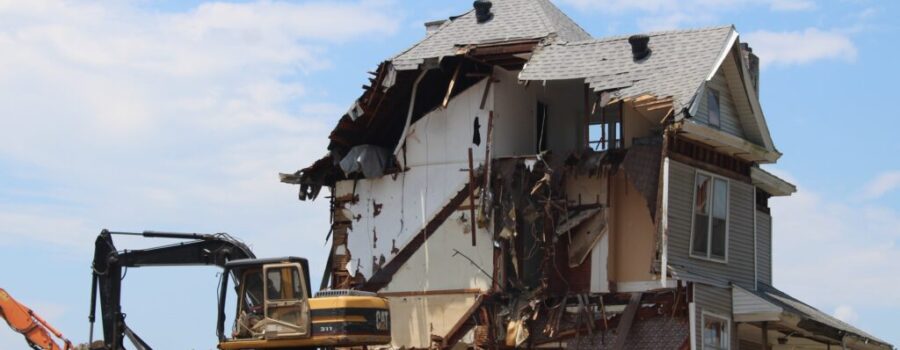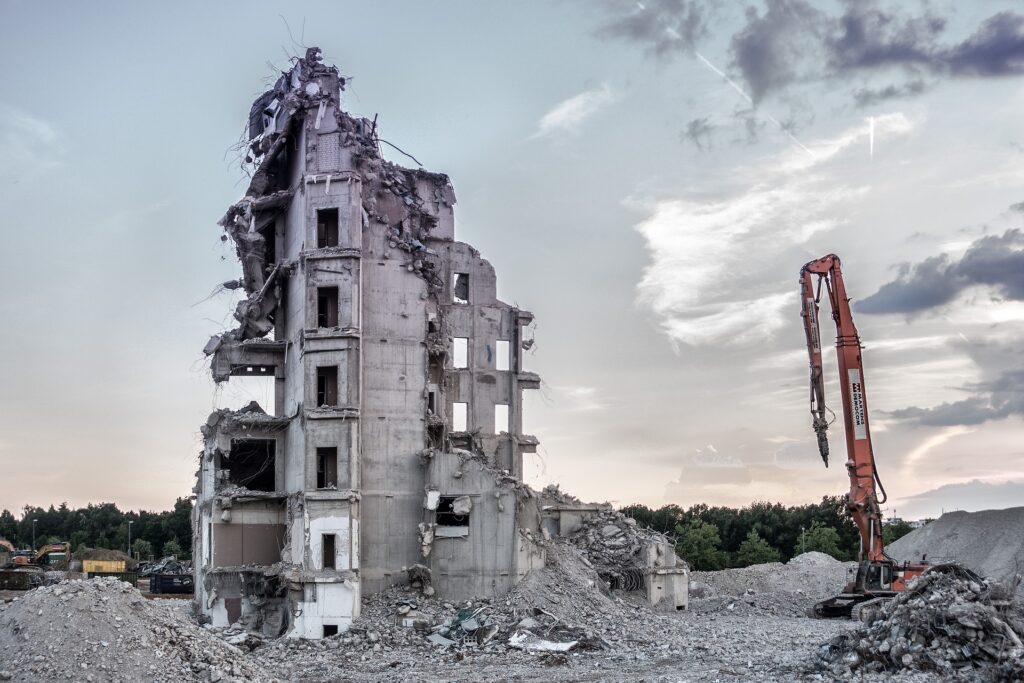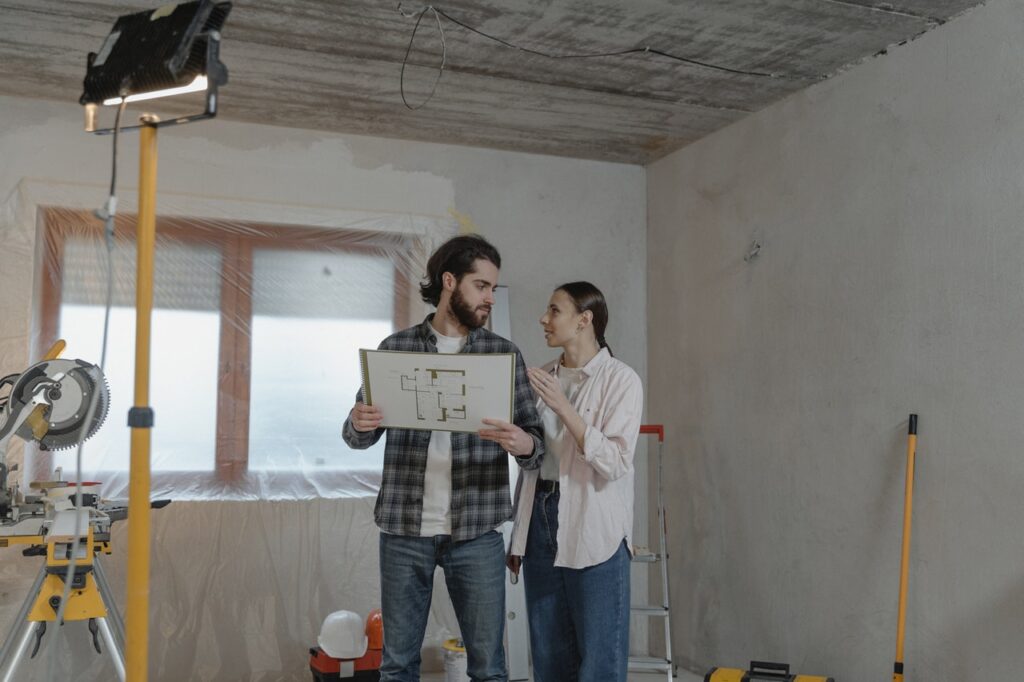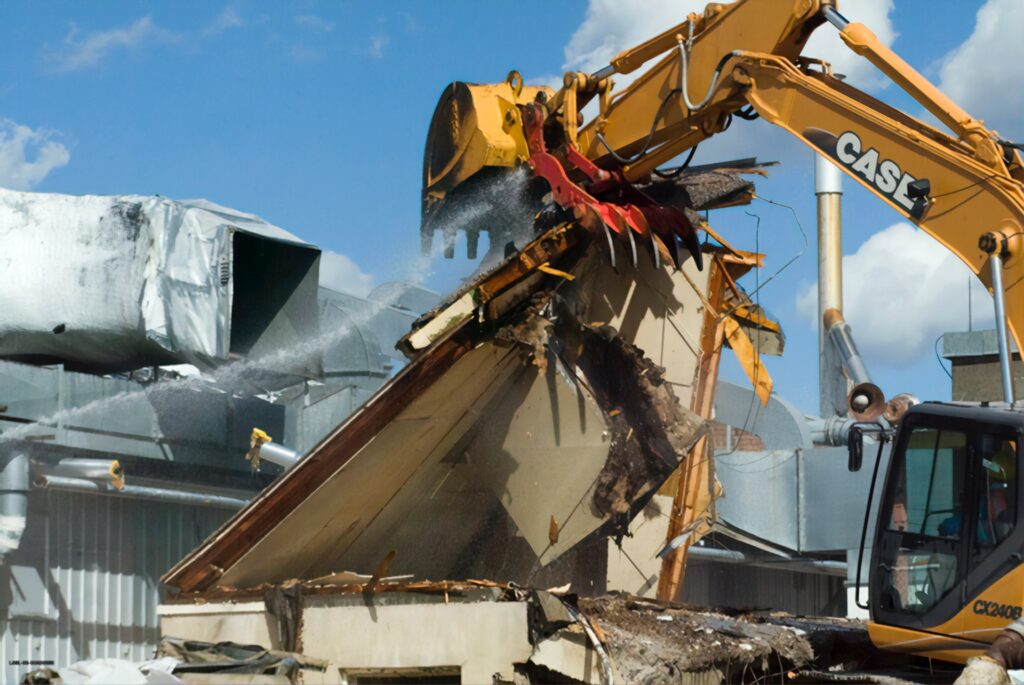
The Full Breakdown of the Demolition Process and Associated Costs
When you want to change the appearance, design, or layout of a building, two options available to you include renovating the property and demolishing the property. A demolition involves knocking or tearing something down. If you changes you want to make to the property are substantial, demolishing some or all of the building in order to rebuild the property may be the best option at your disposal. However, it’s important that you look into the total demolition costs before you proceed with the project. Rebuilding an entire home or commercial building is usually much more expensive than renovating the property, which is why you’ll want to calculate the costs to determine if a complete rebuild would fit into the budget that you’ve set for the project at hand.
Before you decide to demolish the building in question, one factor that you must take into account is the possibility that the structure contains at least a small amount of asbestos. Many homes and buildings that were constructed before 1980 were made with asbestos, which is a type of heat-resistant silicate material that was mainly used in insulating materials. This specific substance is a carcinogen that can cause numerous health problems, which is why special care must be taken to remove it from your property before demolition can occur. Removal of the asbestos should be handled by a team of professionals. The cost of removing asbestos is around $2-3 for every square foot.
Keep in mind that any demolition project requires a permit before the demolition is allowed to go through. A demolition permit typically costs around $200 and can be obtained from the Los Angeles Department of Building and Safety. Before you make your final decision, it’s highly recommended that you have the property inspected. Along with identifying the presence of asbestos, an inspection can identify cracked foundations or mold throughout the structure. This article provides a complete guide on everything you should know about the demolition process.
Types of Demolition

There are two distinct types of demolition that you should be aware of, which include selective deconstruction and whole-house deconstruction. Selective deconstruction is a process that involves going into a property and removing valuable materials before the property is fully demolished. On the other hand, whole-house deconstruction involves taking the entirety of the structure apart for salvage purposes.
Whole-house deconstruction is essentially a more comprehensive version of selective deconstruction. Nearly 90 percent of all materials that are used in the construction of a home can be properly salvaged from the whole-house deconstruction process. Because whole-house deconstruction is the more thorough process, it requires more manpower when compared to selective deconstruction.
Deconstruction Vs. Demolition
Deconstruction is similar to a demolition but with some key differences that you should know about before going forward with the project. Many people opt to combine the two methods to create a cost-effective solution. Deconstruction is a process that involves taking a home or commercial building apart in order to salvage some of the more valuable materials that were used to make the property. While demolishing the entire structure may seem like a better and quicker option for you, deconstructing a property can produce more effective results in the long run.
The debris and loose materials that are created from the demolition are taken to different landfills, which is where they will remain until they accumulate and clog up the landfills. This only serves to increase how polluted the environment is. On the other hand, the deconstruction process allows you to save 90 percent of all materials that are found in a home. These materials can then be sold to cover some of the costs associated with the deconstruction process. Some of the materials that can reclaimed during the deconstruction process include:
- Nails
- Joists
- Concrete
- Wall studs
- Wiring
- Piping
- Plumbing fixtures
Factors to Take into Account with Deconstruction Vs. Demolition

The main benefit that comes with deconstructing a home or commercial building is that materials can be salvaged, which provides monetary and environmental benefits. However, this is a very meticulous process, which can be frustrating and time-consuming if you have a set deadline that you would like to finish the project by. The main benefit of demolishing a building is that the process is quick and simple. While deconstructing a home can take upwards of two weeks, demolitions can be done in around 2-5 days.
When looking specifically at how much each project costs, the deconstruction process is much more expensive than a demolition and can cost around 2.5 times as much. Keep in mind that there are numerous tax benefits that come with deconstructing a property, which could entirely cover the expenses that come with completing this project. As for demolitions, there are no tax benefits for these projects.
The labor on a demolition project will also be considerably less than the labor needed for deconstruction. While demolitions are able to rely primarily on machinery, the deconstruction process requires a significant amount of manual labor. Another factor that you should take into account when looking at the pros and cons of each option is how hazardous the project will be. Because the deconstruction process requires you to handle materials by hand, it can be more hazardous to the safety of your crew when compared to a demolition. To account for these hazards, safety gear is essential for the project.
Costs Associated with Demolition

If you would like to demolish a commercial building, you can expect the costs to be somewhat higher when compared to demolishing a home. All demolition projects are priced by square foot, which means that larger commercial buildings will invariably cost more to demolish than smaller ones. While the costs associated with a demolition project can vary depending on numerous factors, you should expect to pay around $4-8 per square foot. While these projects are less expensive than deconstruction projects, they can still cost an ample sum of money. The main reason for these high costs is because advanced machinery must be used to complete the demolition process. Even though machinery costs less than manual labor, the expenses can still be high if the project takes more than a day to complete.
Factors Affecting Your Demolition Costs
There are a range of different factors that can affect the demolition costs that you pay. These factors include:
- The size of the building
- The location of the building, which can dictate how much it costs to hire a demolition crew
- The contractor you choose to hire
- Accessibility of the location
Demolition Process

Even though a demolition is a relatively straightforward process compared to a full deconstruction, it’s still important that you understand each step of the process, which should help you avoid making costly mistakes. The following lists out everything that should be included in your contract.
1. Project Plans
A main aspect of your contract should be the details of the project that you’re about to begin. These details should cover the work that needs to be done, the materials and equipment that are set to be used, and the individuals who are going to be working on the demolition. A start date and estimated completion date should be included as well, which will give you a good idea of the timeline for this project.
Make sure that the contractor tells you who is responsible for obtaining the necessary permits. You don’t want to be in a situation where the contractor believes that you need to obtain the permits when you believe the opposite. Make sure that you look for any details pertaining to what happens if unforeseen issues occur while the project is ongoing. It’s important to understand what, if anything, would require the cancellation of the project.
2. Schedule of Payments
A schedule of payments should also be included in the contract that you sign. This schedule should identify the materials that need to be purchased, the work that must be done, and a detailed cost estimate. Make sure that you know exactly when payments are due and that this information is placed in the contract you receive. Many contracts will require that you pay a small percentage of the total costs at the beginning of the project before paying the remainder of the costs at the conclusion.
3. Signing the Contract
The third and final step of this process involves signing the contract. Make sure that you conduct extensive research about the contractor you’re about to hire. You should be confident that they’re qualified to perform a demolition project. Ask them what experience they have with similar projects and if they are licensed to perform such work in the state of California. The contractor should also understand your complete vision for the project as well as what you would like the budget to be. By discussing these topics with your contractor, they should be able to deliver results that you can be satisfied with.
Final Thoughts on the Demolition Process
The first thing you need to consider before starting the demolition process is if an inspection is necessary. While you can certainly skip the inspection, it’s highly recommended that you obtain one before proceeding with the demolition. This inspection can identify mold, asbestos, and structural issues that will be better addressed before demolition occurs. In fact, the EPA requires that asbestos be safety removed from a building before it’s demolished. If these issues are left in place, the crew that works on the project could be at risk of suffering from various health problems.
Keep in mind that every utility should be shut off before you proceed with the project. These utilities include gas, electric, sewer, and water. Turning these utilities off beforehand ensures the safety of anyone who works on the project at hand. As mentioned previously, many of the materials in a home or commercial building can be salvaged and sold, which will allow you to make some money from the project. These materials can be resold, recycled, or donated. It’s recommended that you consider this option if you would like to benefit from the tax breaks that come with it.

Jason Somers, President & Founder of Crest Real Estate
With over 15 years of professional experience in the Los Angeles luxury real estate market, Jason Somers has the background, judgement and track record to provide an unparalleled level of real estate services. His widespread knowledge helps clients identify and acquire income producing properties and value-ad development opportunities.
Learn more about Jason Somers or contact us.



